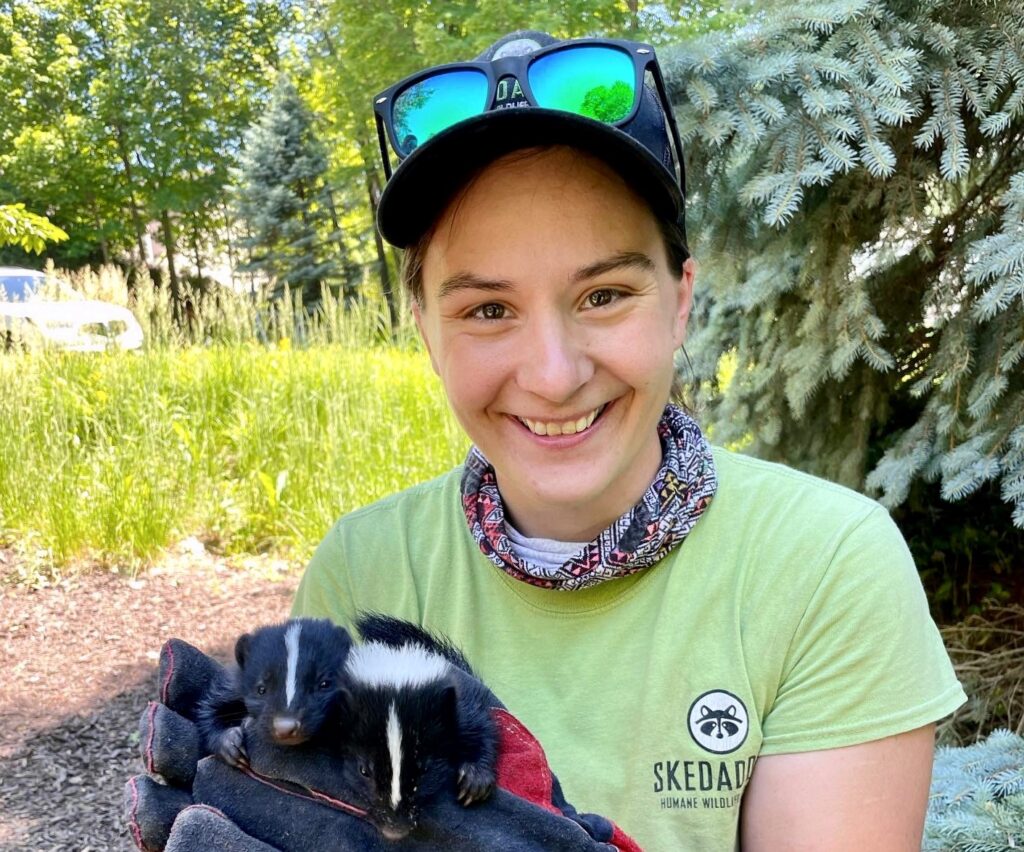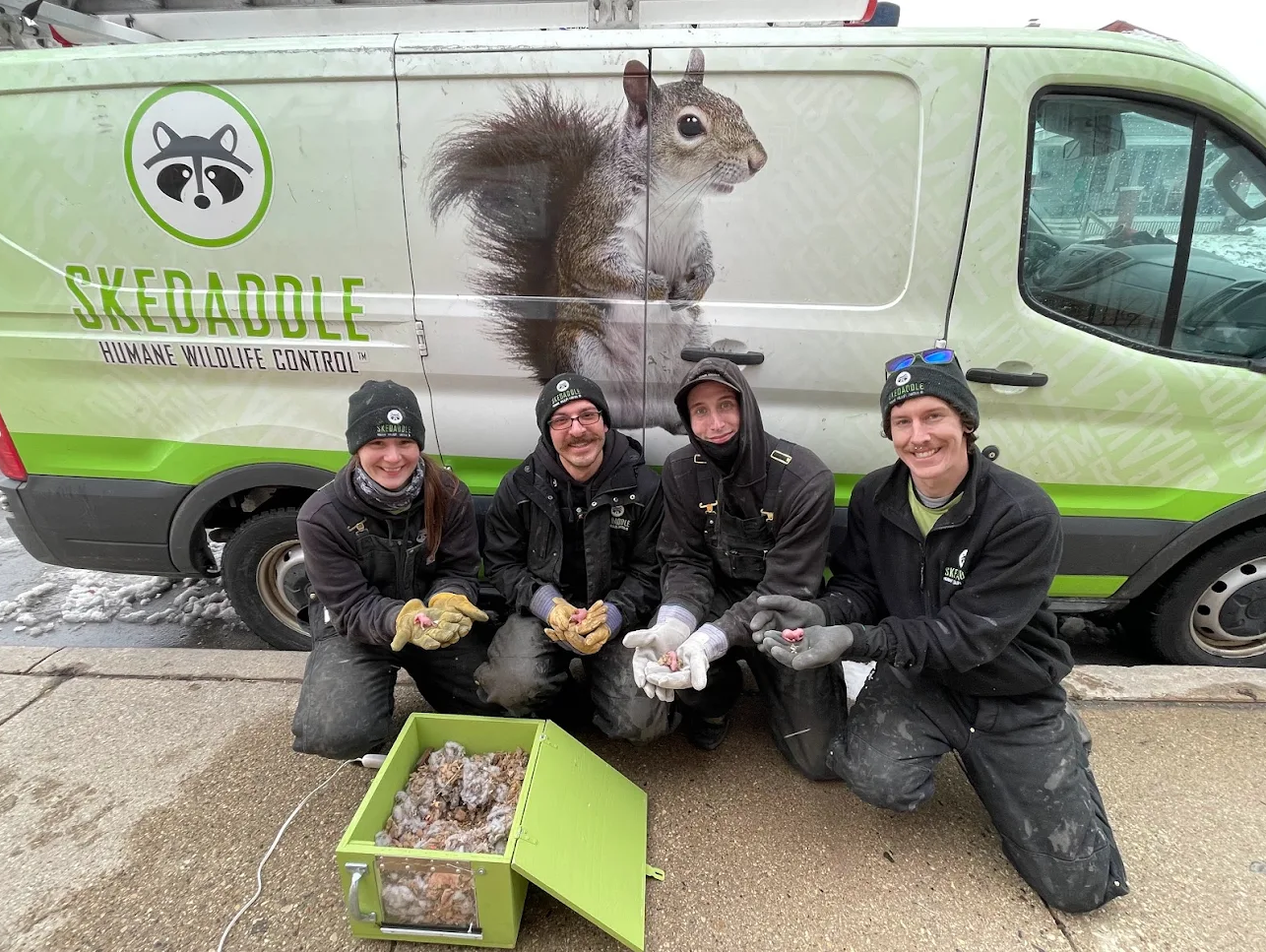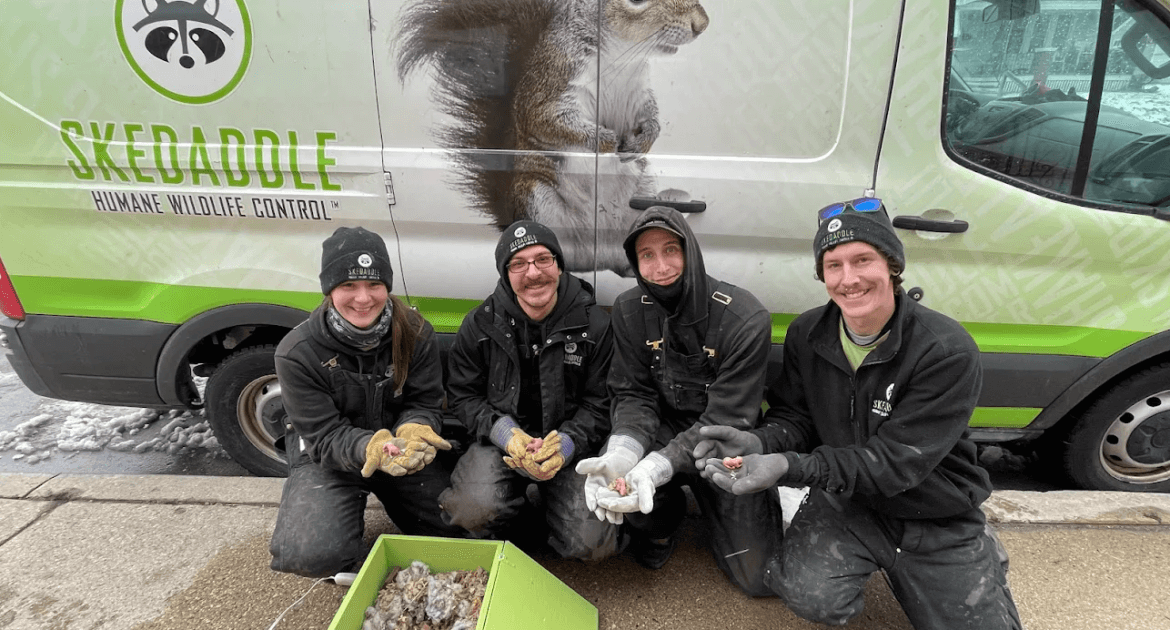Most squirrels mate in early winter, but a smaller percentage may not breed until the warmer months. The mating season depends on the species of squirrel. However, some squirrels will mate twice per year, as females have a gestation period of only 38 to 48 days, meaning squirrel births occur in the early spring and late summer. If you notice an uptick in squirrel activity around your home during these seasons, contact squirrel removal in Pickering to assess your property risks.
FAQs About Squirrel Mating Season
While Pickering residents will see an uptick in the squirrel population during the spring and summer, homeowners should use wildlife defences in the fall and early winter. Female squirrels will spend the cooler months searching for suitable nesting sites, which must offer protection and warmth. Too often, a female finds shelter in residential and commercial attic spaces.
To protect your property, you can use proven preventative strategies. The most effective prevention methods include:
- Maintaining a well-manicured yard
- Keeping tree branches trimmed away from the roofline
- Installing galvanized steep roof vents and caps
- Ensuring all doors and windows are sealed
- Inspecting the house or structure for cracks and holes
Preventative strategies will help to reduce the risk of a squirrel intruding on your space, but you need to use them early enough. If a squirrel gets inside your home, there are some questions you will need answers to.
When Is Squirrel Mating Season?
Specifically, squirrel mating seasons occur twice in the year: once from mid-December through January and again from June through August. The seasons mean babies arrive first between February and April and again between August and September.
How Many Squirrels Are in a Litter?
A female squirrel may birth between one and seven offspring; however, the typical litter comprises five or six. When born, the babies are furless, blind, and deaf, leaving them entirely dependent on their mothers.
During the first several weeks of life, the babies will need to nurse every two to four hours. They will open their eyes and develop their hearing by week three. Between weeks seven and eight, the little ones will follow their mothers, becoming familiar with grooming and walking, all within the den site. The mothers will wean the babies between weeks 10 and 11; by the time they are four months old, they are ready to leave the den and build their own nests.
What Are Common Behaviours of Squirrels During Mating Season?
Unlike other wildlife, squirrels do not have elaborate courtship rituals or habits. When the female is in heat, male squirrels can smell her scent up to 500 meters away. Many males follow the scent until they are within a few feet of her. If the female is ready, she will indulge the males in a brief or extensive chase, sometimes for several hours, before permitting the dominant male to mount her.
If the female is not ready, she may deflect any advances with posturing, chattering, or lunging and attacks. The female calls the shots.
How Do You Remove Squirrels From Your Attic?
You should never attempt DIY squirrel removals. Wild animals are unpredictable, carry diseases, and can attack when cornered. Always call a professional for squirrel removal, especially if there are babies.
Babies present a unique challenge because you never want to separate them from their mothers. Without the mothers, babies likely won’t survive. Also, professionals know the dangers and unpredictability of a defensive mother, and they can keep the animal and themselves safe.

The Benefits of the Skedaddle System
If you have squirrels in your home, find a humane wildlife control service to assist you. Skedaddle Humane Wildlife has a family-first policy, meaning the company and its technicians do everything possible to keep mothers and babies together. Contact Skedaddle Humane Wildlife Control to schedule a home assessment and property evaluation.




